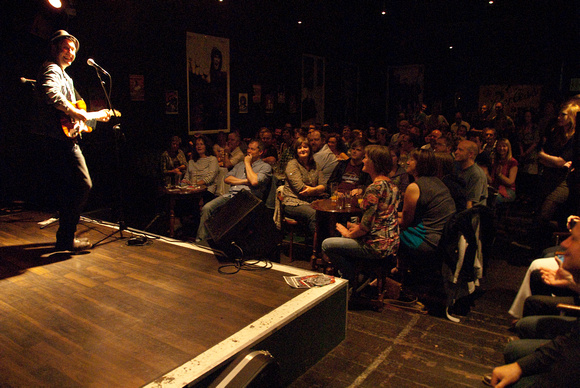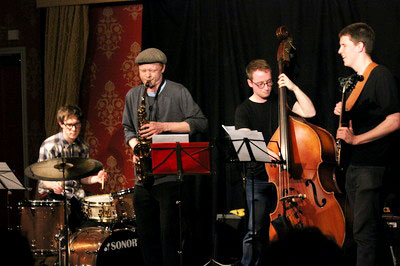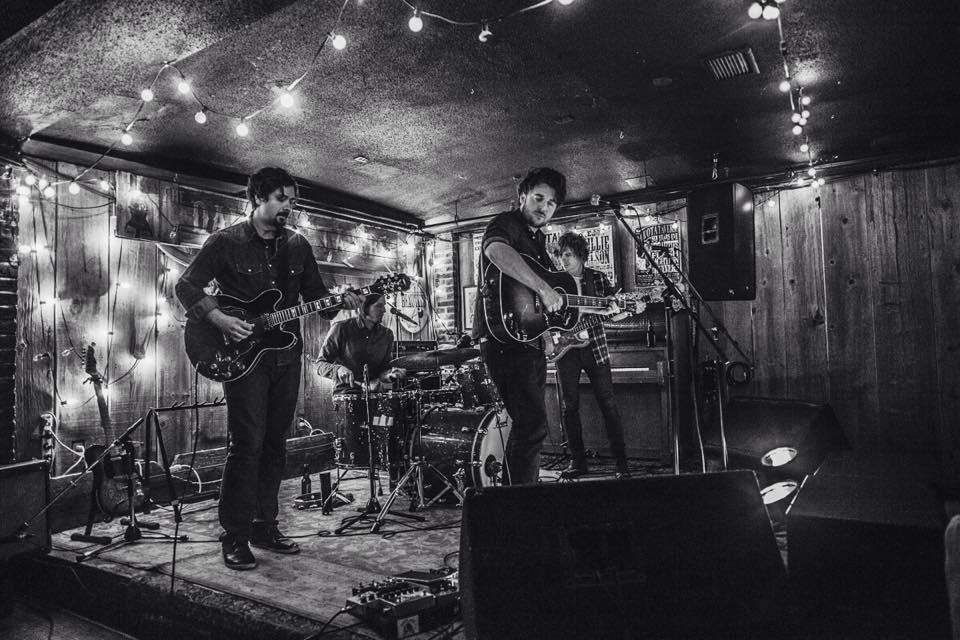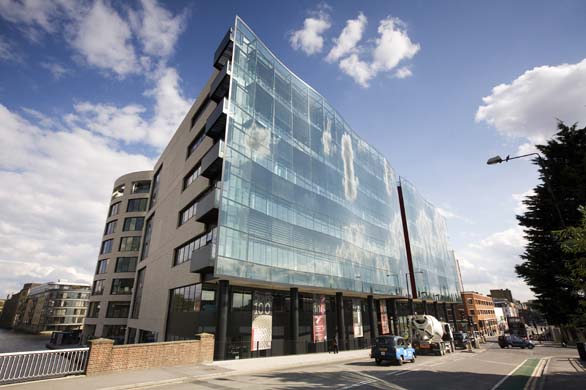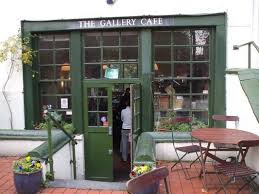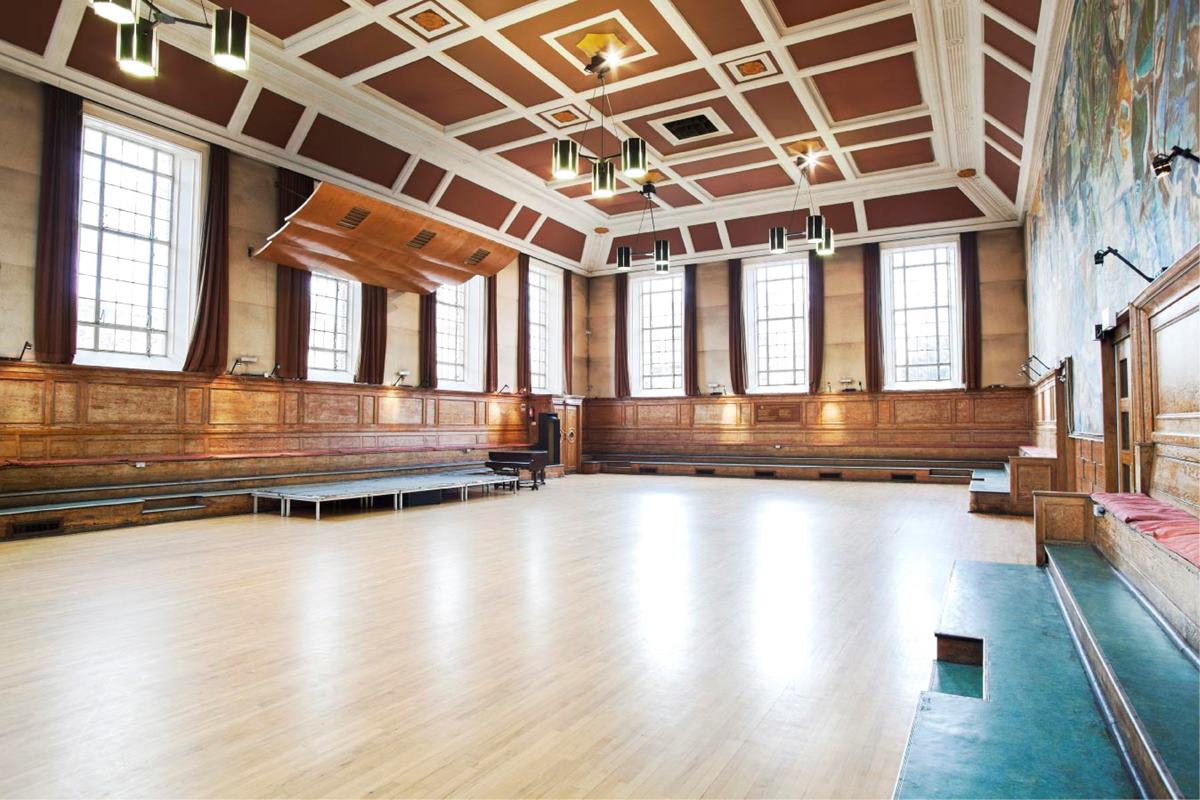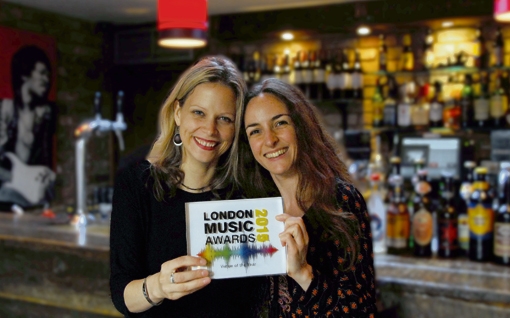Cadogan Hall, Sloane Square (London)
Photo credit: TODD Creative Services
- Address: 5 Sloane Terrace, London SW1X 9DQ
- Type: Theatre
- Owners: Cadogan Estate
- Capacity: 950
- Nearest Station: Sloane Square
- Website: http://www.cadoganhall.com/
- Contact:
Set in a fantastic location in the heart of Chelsea, Cadogan Hall has become one of London’s leading venues. The Hall’s 950 seats, excellent acoustic and luxurious surroundings makes it the first choice for some of the UK’s top orchestras, including the Hall’s resident orchestra, the Royal Philharmonic, as well as a favourite London destination for international touring orchestras. Cadogan Hall is the chosen venue for the world-famous BBC Proms Chamber Music Series and also offers a vibrant selection of contemporary, jazz, folk and world music events as well as talks, debates and conferences.
First opened in 1907 as a New Christian Science Church designed by Robert Fellowes Chisholm, the hall hosted congregations of 1400 in its heyday. However, like most other churches there was a decline in attendances and in 1996 the congregation moved to a smaller church. The property was sold but fell into disuse for several years.
Cadogan Estate purchased the Hall in 2000 to safeguard its future. Through their connection with Opera Holland Park, Cadogan discovered that the Royal Philharmonic Orchestra was looking for a permanent base in London. Cadogan Hall was an excellent opportunity for the orchestra to benefit from Cadogan’s aim to bring the former church back into useful life in a manner befitting its character and civic presence. The Hall reopened as a concert hall in June 2004.
On one level the conversion of this large relatively modern listed building into a performance space seems straightforward. After all, there was a ready-made auditorium with a raked floor, a stage, a proscenium and a gallery. Unfortunately modern expectations of comfort and facilities, let alone the requirements of building and licensing regulations, meant extensive and fundamental changes had to be made.
The acoustic of the building was a big issue, both in terms of environmental acoustic – the control of sound break-out from the building – and performance acoustic within the auditorium. The ceiling and the roof had to be re-detailed to provide acoustic insulation. Tuned resonator tubes were installed on the main ceiling and the walls under the gallery and the undersides of the tip-up seats in the stalls also have a pattern of absorption holes to retain the Hall’s acoustic character.
The new performance lighting and sound systems in the auditorium include the computer controlled theatrical lights on the ceiling. These provide lighting for rehearsals but really come into their own when they are programmed to rotate, change light beam colours and patterns and provide other special effects for performances. A large screen for films and visual presentations can be lowered and allows performances elsewhere to be relayed live by satellite or the internet.
The organ installed in 1911 was carefully dismantled and put into store to await re-installation in its new home in a church in the Midlands. The organ casing, an integral part of the character of the auditorium along with timber panelling and balustrading from the platform, was also put into store. When the organ screen was re-assembled and nearly a century of dirt was removed it was found that each of the column capitals and each of the carvings around the arching balustrade are unique – a surprise discovery that added to the richness of the building.
Despite the scale of the auditorium the combined effects of the stage, the steeply raked stalls and the low gallery create a surprisingly intimate venue where the audience experiences a very real feeling of being part of the performance.
The stained glass was designed by a Danish nobleman. Baron Arild Rosenkrantz, had learnt the art of stained glass whilst working with Tiffany in New York. The designs for Cadogan Hall were said to exhibit “artistic simplicity of patterning and to provide efficiency of lighting and economy consistent with dignity”. There are no allegorical images and only one window has text. All the windows were removed and taken by a specialist to workshops for painstaking restoration. Although the Celtic knot motifs are simple and the use of colour restrained, the dramatic effect of the restored glass was another pleasant surprise during the refurbishment process.














